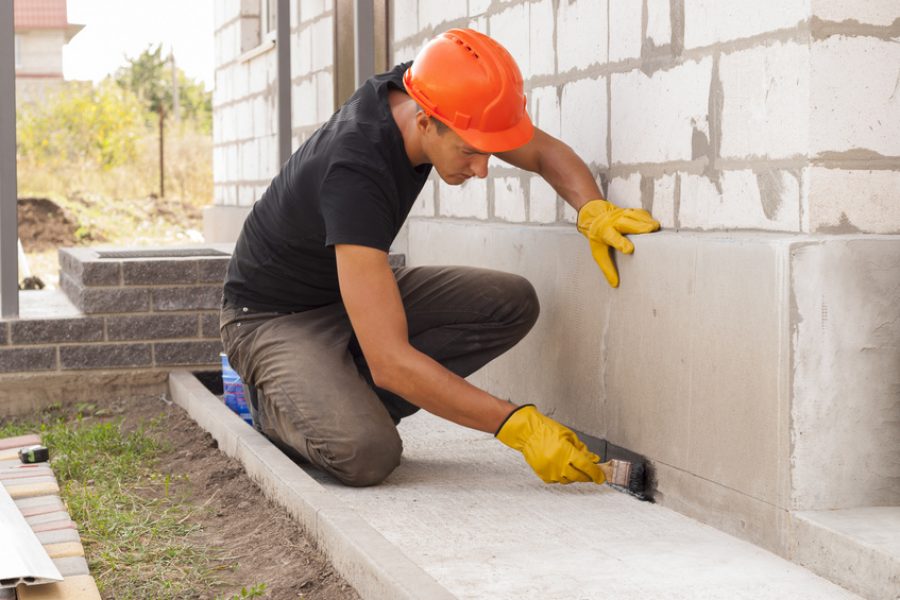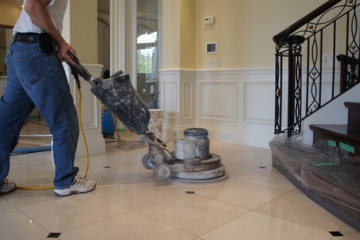The Difference Between Internal and External Basement Waterproofing

You are cursing the water gods because your basement is always wet? Jealous of your neighbor who has the driest possible basement? To solve an ancient mystery of basement floods, we gathered some helpful information on basement waterproofing methods and why everybody needs to invest in them!
How do Basement Floods Happen?
First, let’s talk about how floods and leaks actually happen. There are tons of reasons for basement floods. It doesn’t have to do anything with luck, but mostly science. So, most homes are placed above thousands of underground water pathways. The levels of these pathways are constantly changing, either going down or up. In drier climates where people pray for rain, the water level (also known as water table) doesn’t go higher than often and sometimes it doesn’t even exit.
The exact opposite happens in wet and rainy climates. As rain falls, the soil gathers it and contributes to the rise of water tables. These tables rise to the ground’s surface or to your home’s foundation and basement. Add poor soil, an old house, and loose foundation concrete into the mix and voila – your typical basement flood. So, the other factors which contribute to floods besides high water tables are broken parts like concrete, roof shingles, and walls; insufficient drainage and poor soil.
Basement Waterproofing and Drainage
We all know that water pressure is pretty intense and when it finds weak spots like old concrete or a cracked window frame, it seizes the opportunity and enters your home. To protect basements and foundations, experts invented waterproofing and drainage systems. These include mechanisms like pipes and sump pumps which gather water and direct it as far away from your home as possible. There are tons of ways for waterproofing and drainage but the most popular and effective are interior and exterior. Here is what they offer:
Internal Waterproofing
Some people associate this method with applying waterproof sealant on walls and floors which ensures that the home can withstand water pressure. However, the true interior waterproofing involves installing weeping tile and sump pump mechanisms underneath your basement floor which gather the excess water and pump it out in an outside disposal area (sewer, street, etc.) before it starts cracking your floors.
Interior basement waterproofing is much cheaper than the exterior. Most homeowners decide to go with the interior, but if you live in an intensive rainy climate and have vulnerable soil, you should go with the exterior. To recognize that your soil is vulnerable, check if water accumulates in your backyard after rain and snow.
External Waterproofing
The most expensive and labor intense basement waterproofing method is called the exterior. If you can afford, installing both is highly recommended. What exterior does is it stops the water from getting near your basement. The process involves digging up holes around your home’s exterior perimeter and placing special piping and sealants which immediately gather excess water as soon as it falls on the ground. Some exterior mechanism is connected with a sump pump and some just dispose of the water downhill.
Remember that every home needs at least one waterproofing system, whether interior, exterior or simple waterproof coatings on the inside. To make the right choice for your home, consult with certified experts and get their opinion on the matter. The waterproofing system should be chosen depending on the home’s characteristics such as size, soil, and climate.




